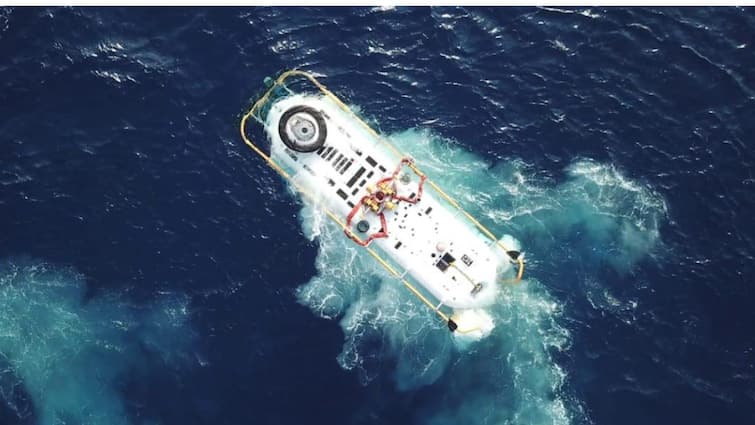The Indian Navy marked a major achievement in its submarine rescue capabilities with the successful deployment of its Deep Submergence Rescue Vehicle (DSRV) Tiger X during the multinational XPR-25 exercise organised by the Singapore Navy.
This marked the first time that India’s submarine rescue system conducted a full-fledged operation outside the Indian Ocean Region, with the Tiger X completing simulated rescue operations by docking with allied submarines in the South China Sea.
As the final salute echoed and the seas grew calm, #XPR25 drew to a close – not just an exercise, but a testament to trust beneath the waves.
Hosted by the Republic of Singapore Navy #RSN, this global convergence of rescue forces forged bonds of courage and cooperation.… pic.twitter.com/kL5nUhM26B— SpokespersonNavy (@indiannavy) October 1, 2025
XPR-25: A Multinational Drill
Held from September 15 to 25, XPR-25 involved over 40 nations and was divided into two segments: a shore-based phase from September 15-20 and a sea-based phase from September 21-25.
During the sea phase, three dedicated submarine rescue units participated, each operating from its respective mothership: Singapore’s MV Swift Rescue, Japan’s JS Chiyoda, and India’s newly commissioned INS Nistar. Submarines from South Korea, Japan, and Singapore acted as “disabled submarines” (DISSUBs) to simulate rescue conditions.
Tiger X’s Landmark Dive
On September 23, the Tiger X conducted its maiden dive outside Indian waters, first docking with South Korea’s submarine Shin Dol-Seok (S-082), and later successfully mating with Singapore’s RSS Invincible, marking two critical milestones for the Indian Navy.
India currently operates two DSRVs acquired from JFD Global, UK, under a 193 million Pounds contract signed in 2016. Each system includes the rescue vehicle, launch and recovery equipment, TUP systems, and comprehensive logistical support, with maintenance guaranteed for 25 years.
The Transfer Under Pressure (TUP) system ensures personnel can safely move between pressurised spaces such as submarines, DSRVs, or hyperbaric chambers without risking decompression sickness.
INS Nistar: India’s New Subsea Mothership
The exercise also marked the first operational use of INS Nistar, India’s indigenously built Diving Support Vessel (DSV). Commissioned on July 18, the 118-metre ship was built by Hindustan Shipyard Limited (HSL) and serves as a mothership for DSRVs.
The contract for two DSVs was signed in 2018, with delays caused by the COVID-19 pandemic. Both vessels were launched in 2022, and INS Nistar was formally delivered to the Navy on July 8. Assigned to the Eastern Naval Command in Visakhapatnam, the vessel supports India’s nuclear submarine fleet.
With a displacement of over 10,000 tons, a beam of 23 metres, and endurance exceeding 60 days, INS Nistar carries a 15-tonne subsea crane, diving bell, ROVs, side-scan sonar, compression chambers, and a Self-Propelled Hyperbaric Lifeboat. Its front deck is also equipped for helicopter operations.



